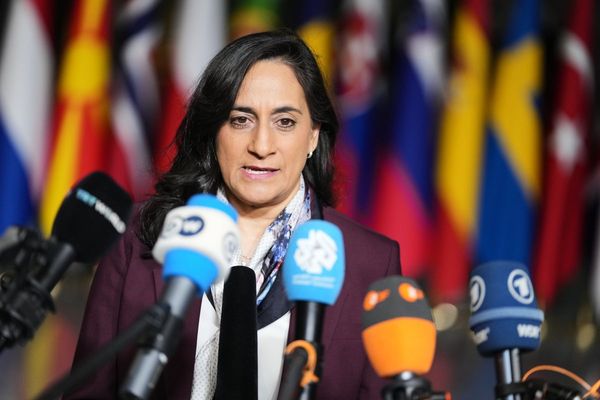
A federal judge has certified a massive class action lawsuit against Amazon.com Inc. (NASDAQ:AMZN) on behalf of approximately 300 million U.S. consumers, alleging the e-commerce giant uses anti-competitive practices to inflate prices across its marketplace.
Court Grants Class Certification
U.S. District Judge John Chun in Seattle granted plaintiffs’ motion for class certification on August 6, approving a lawsuit representing “all persons in the United States who on or after May 26, 2017, purchased five or more new, physical goods from third-party sellers on Amazon’s marketplace.”
The ruling follows allegations that Amazon violated Sections One and Two of the Sherman Act through what plaintiffs characterize as a Platform Most Favored Nation policy.
Amazon did not immediately respond to Benzinga's request for comment.
Anti-Discounting Policy Allegations
The lawsuit centers on Amazon’s alleged anti-discounting policies that prevent third-party sellers from offering lower prices on competing platforms. These include the Price Parity Clause (removed in 2019), the Select Competitor Featured Offer Disqualification program, and the Marketplace Fair Pricing Provision.
Parag Pathak, plaintiffs’ economics expert, testified that Amazon monitors prices across more than 200 competitor websites and removes sellers from the critical “Buy Box” feature if their products are priced even one cent lower elsewhere.
Market Power Evidence
The court found Amazon controls approximately 72% of the Online Retail Marketplaces Market, with about 2.3 million active third-party sellers—45 times more than Walmart Inc.‘s (NYSE:WMT) marketplace. Internal Amazon documents revealed the company recorded millions of enforcement incidents between 2018-2023, with seller compliance rates around 80%.
Evidence showed competing platforms like Jet.com ultimately failed partly due to Amazon’s pricing enforcement, with Jet.com shuttering in 2020 after Walmart’s acquisition.
Financial Impact Assessment
The lawsuit alleges Amazon’s referral fees, typically around 15% of transaction value, are artificially inflated due to reduced competition. With approximately 34 billion third-party transactions affected during the class period, potential damages could reach billions of dollars.
Read Next:
Disclaimer: This content was partially produced with the help of AI tools and was reviewed and published by Benzinga editors.
Photo courtesy: Shutterstock







